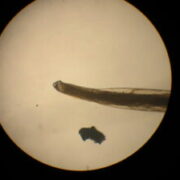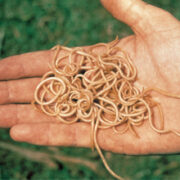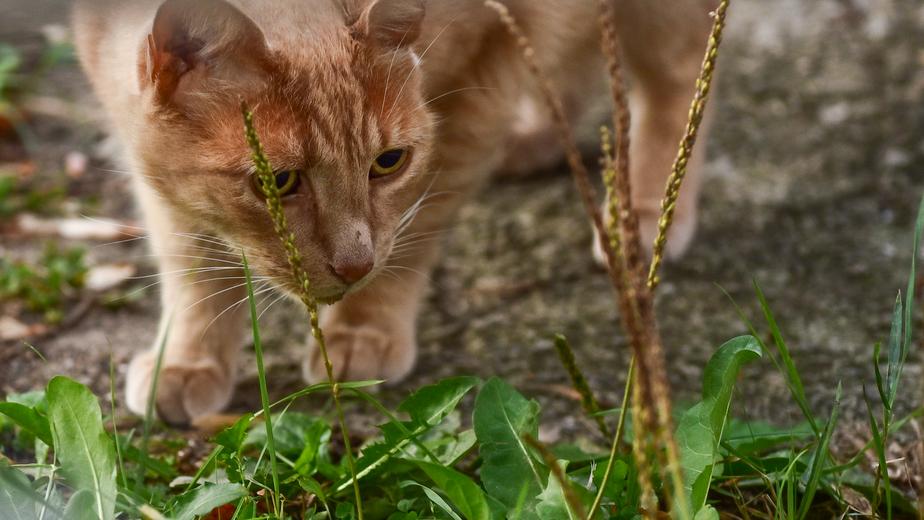This is a question we get asked a lot. The answer depends on lots of factors, the two flow charts in this article help make the decision that is best for your pet based on his or her lifestyle.
There are some important worming factors to remember

You can’t always see worms in your pets poo, they may only be passing microscopic eggs, small worms (which can be brown) which are very difficult to see or the worms may be ‘inside’ the poo and thus not obvious.
Fleas are one of the commonest ways tapeworms are spread so worming your pet.
Lung worms are spread by snails, slugs and their slime trails, remember some slugs can be tiny.

Many worm products do not cover all worms. Tape worms and lung worms in particular are often not covered by routine wormers. It is possible your pet doesn’t need cover for all worms as well, have a look at the attached charts.
Small worm burdens may have little effect on your pet but as they increase they can cause stomach upsets and poor condition. Lung worms can cause breathing and blood clotting problems and in severe cases these can be fatal.
Pets coming from abroad can harbour worms we are not familiar with in this country.

Round worms can infect people and, in rare cases, particularly in children, cause blindness or other eye problems. This risk is pretty much eliminated with regular worming and clearing up after your pets. Worm larvae that cause this problem have to be outside for a few days so fresh poo is not a high risk.
Don’t forget that rabbits, birds and other animals can all suffer with worms.
Click on the links below to see the risk category your pet is in.





